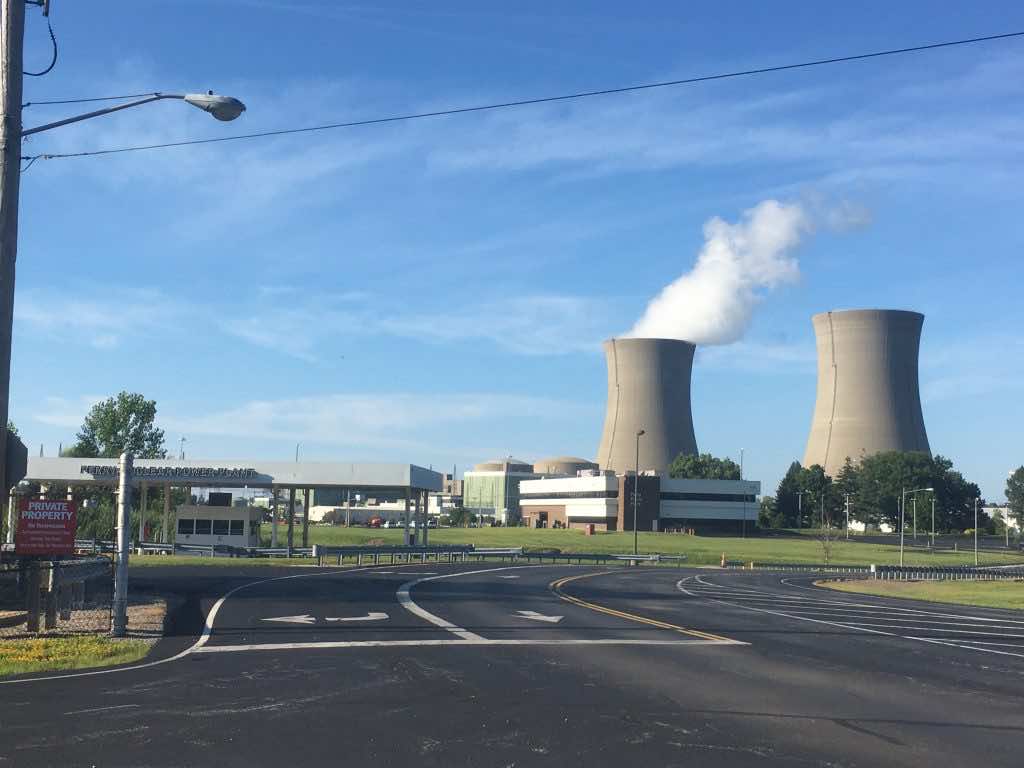Thorium is a naturally occurring, somewhat radioactive element named after Thor, the Norse god of thunder, by Swedish chemist Jons Jakob Berzelius in 1828. It is three times more prevalent than uranium in most rocks and soils, where it is present in modest concentrations. The average concentration of thorium in soil is roughly 6 parts per million (ppm). In contrast to uranium, thorium is relatively insoluble, which is why it is abundant in sands but not in seawater.
Thorium reactors produce far less radioactive waste and can reuse separated uranium, making them self-sufficient once operational. Unlike typical high-pressure nuclear systems, LFTRs are designed to function as a low-pressure system, resulting in safer working conditions for those who operate and maintain them. Furthermore, because fluoride salts have extremely high boiling temperatures, even a big rise in heat will not result in a massive increase in pressure.
The chances of a containment explosion are considerably reduced as a result of both of these variables. Because LFTRs don’t require a lot of cooling, they may be placed almost anyplace and are air-cooled. If the core fails, gravity will allow hot, radiated salt to spill into passive via underground fail-safe containment chambers, which will be topped by an ice plug that melts on touch.
Because thorium is extensively available anywhere in the earth’s crust, if it becomes popular, the cost will only go down.
When compared to uranium, thorium as a future nuclear fuel has a variety of advantages and downsides. One of the most important is that adding another fuel source would substantially enhance the amount of energy available.
Thorium is as abundant as lead in the Earth’s crust, and the US supply could cover the country’s energy needs for a thousand years without the need for the massive enrichment required for uranium fuels. Furthermore, some thorium reactor designs may generate less radioactive waste than contemporary pressurised reactors, and the trash created decays far faster than isotopes produced by conventional fuels.
According to a report in New Atlas, Thorium is currently undergoing a renaissance, with experiments on molten salt thorium technology being conducted in the Netherlands and reactors being constructed not only in India, but also in China and other countries.

